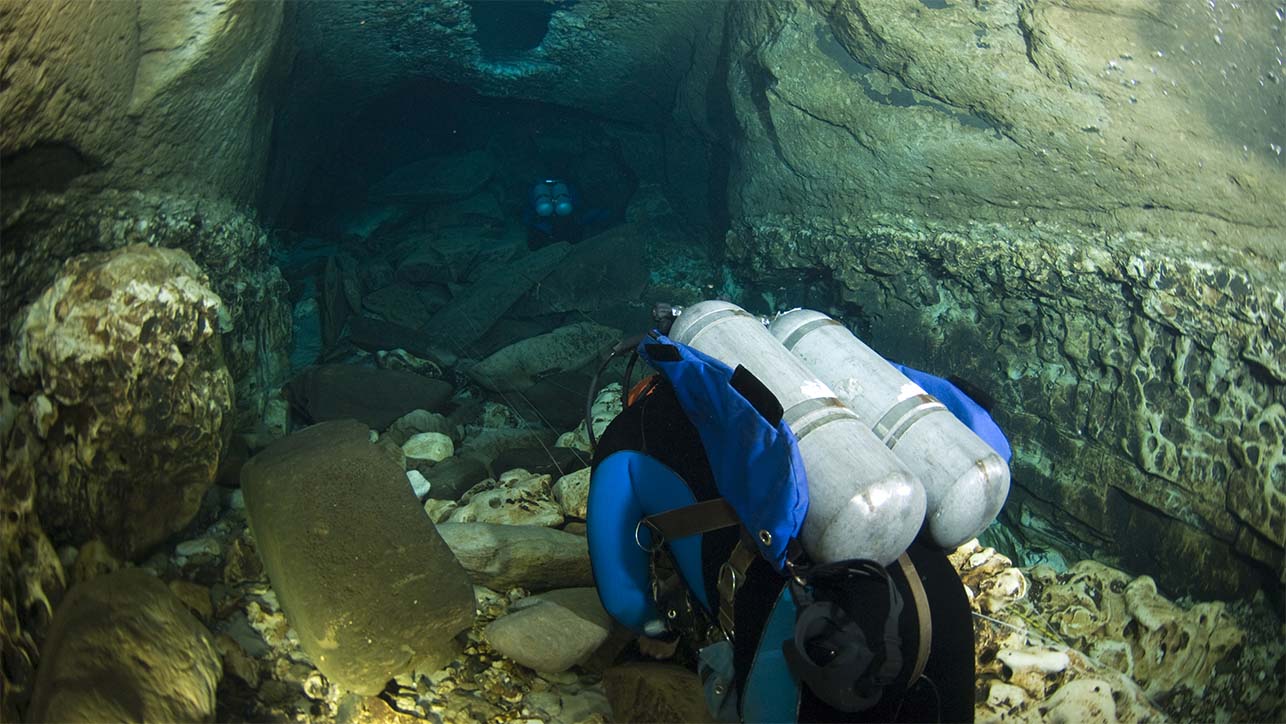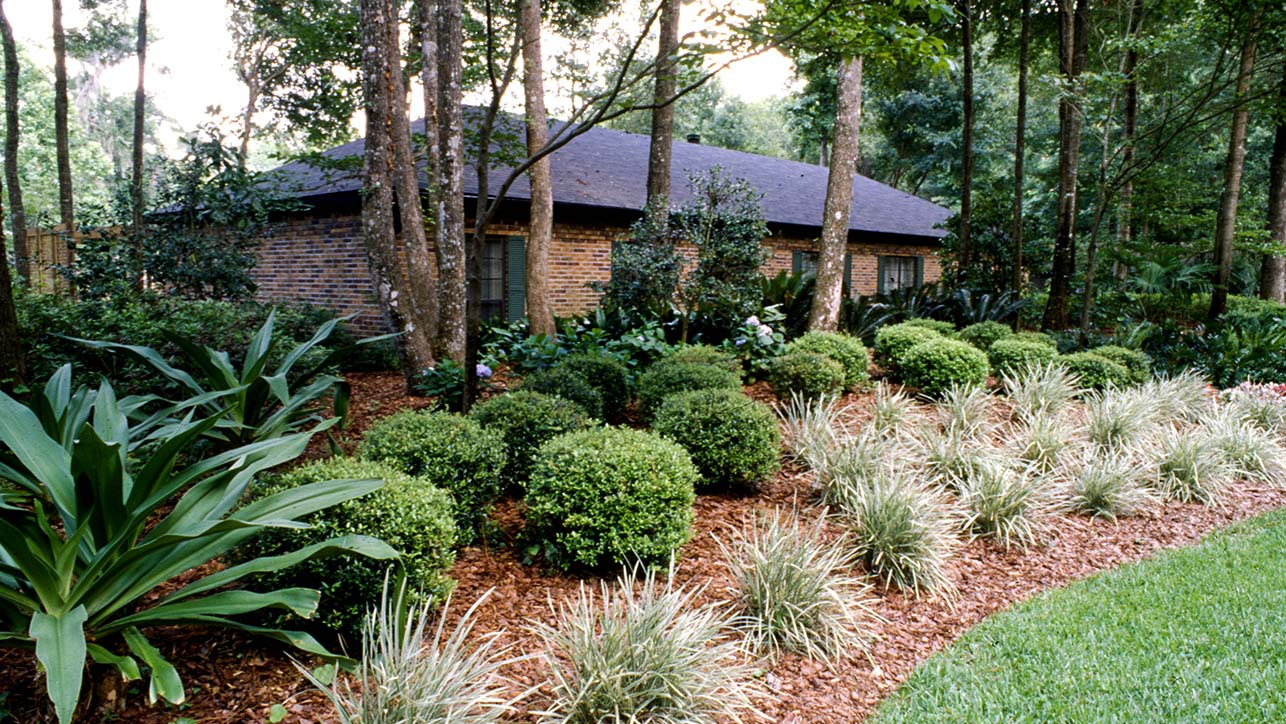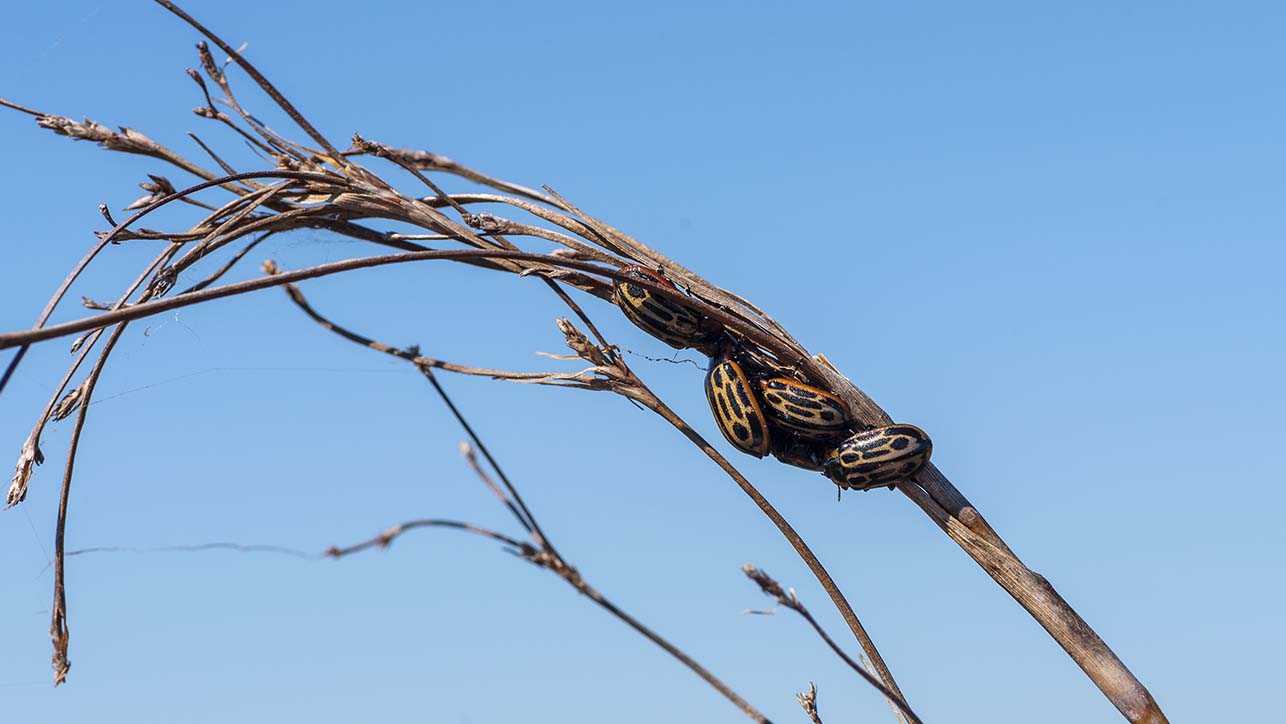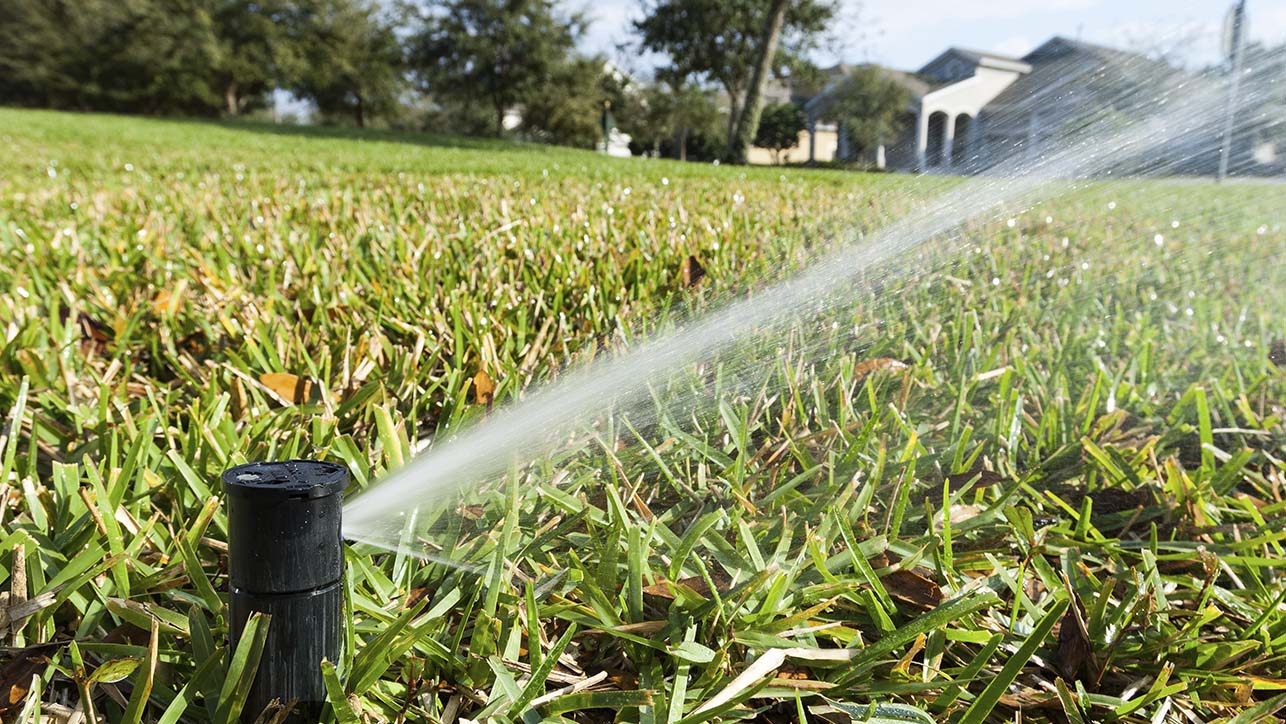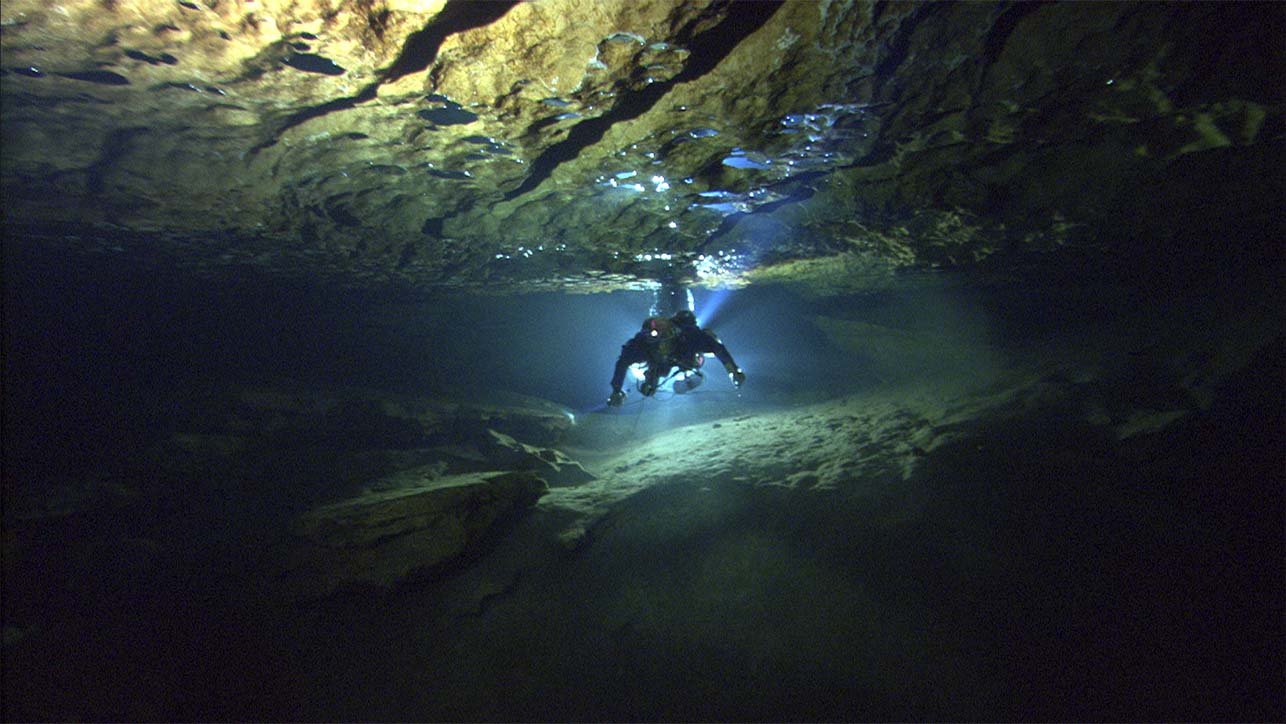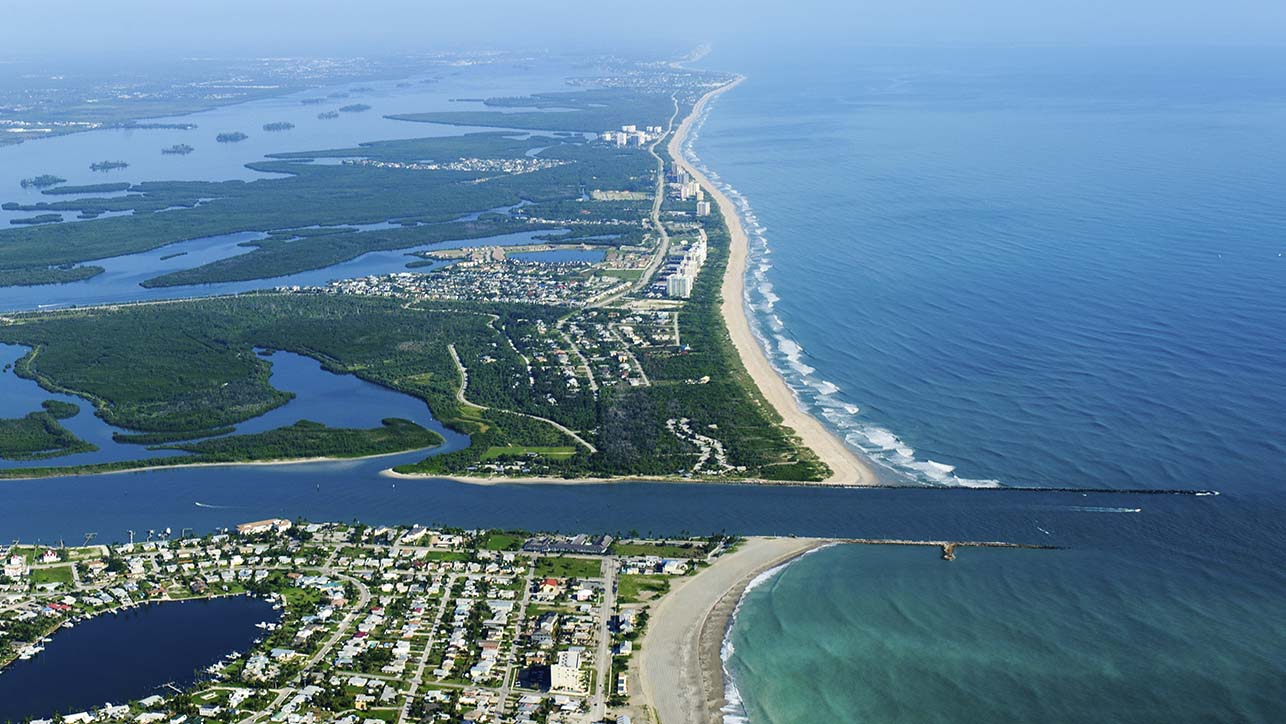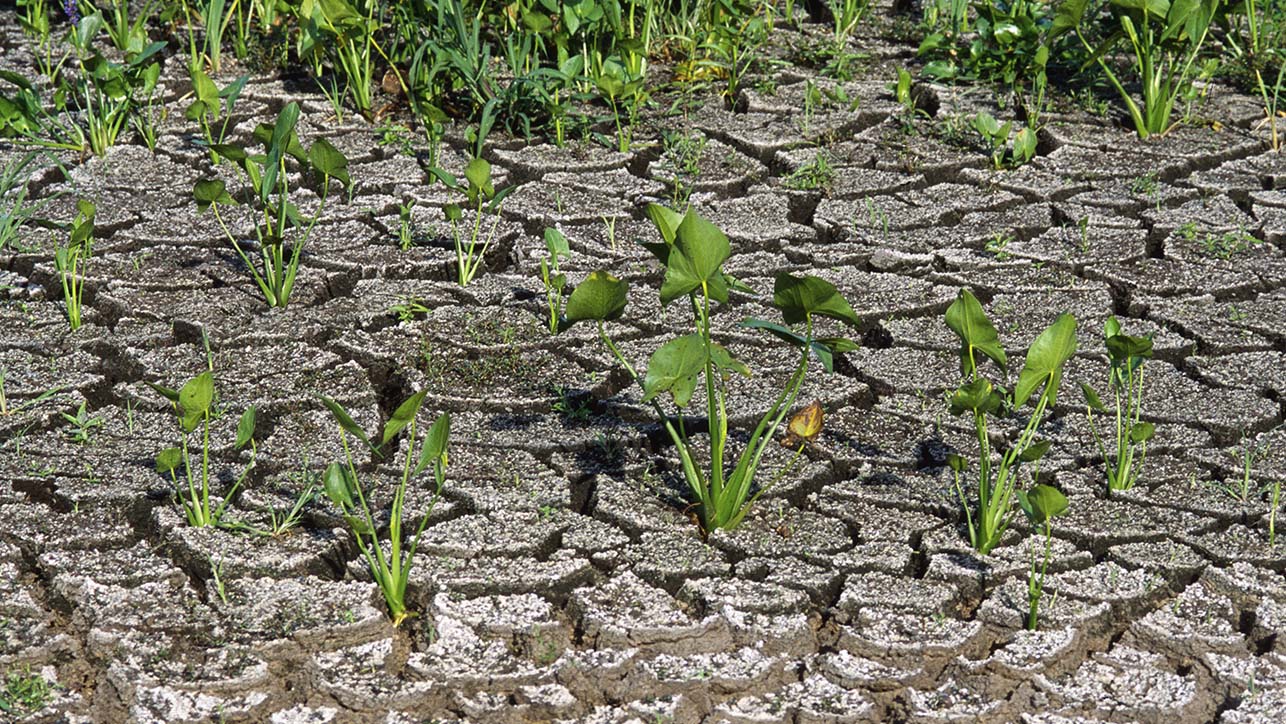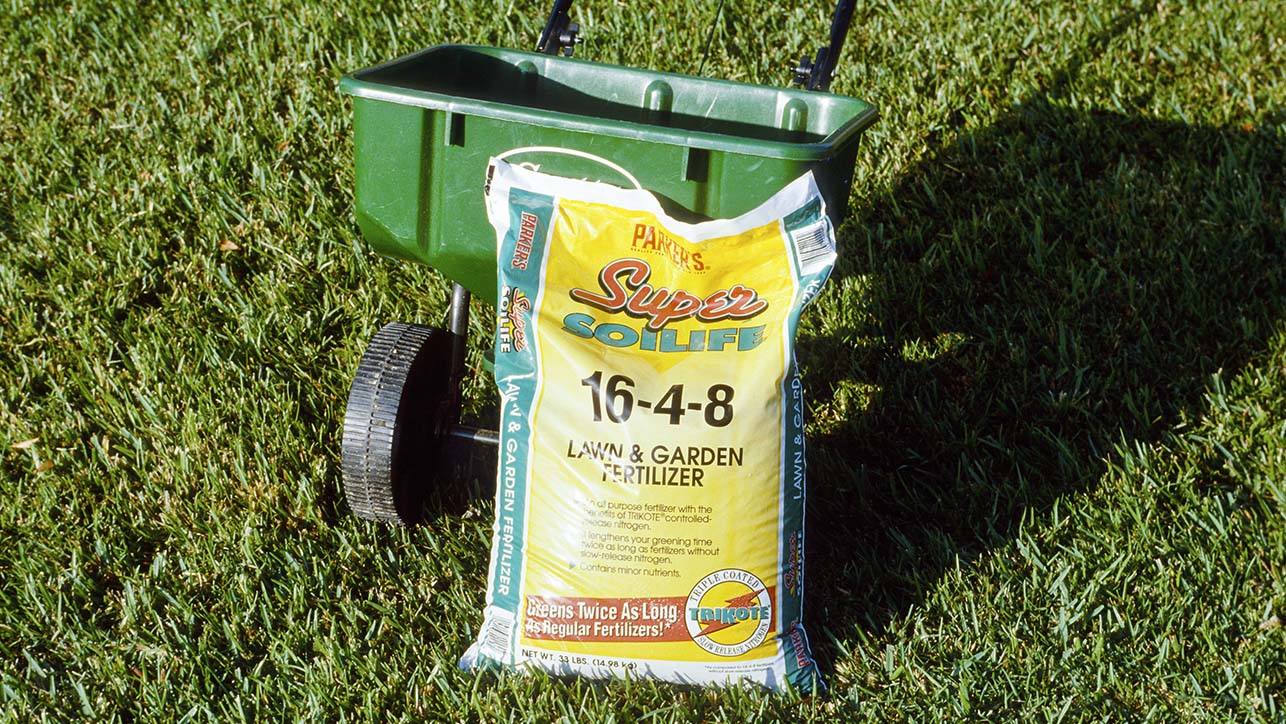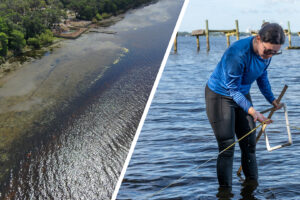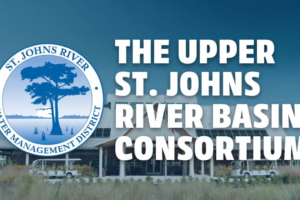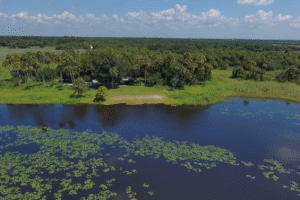Take the waterwise landscaping quiz
Getting your garden or landscape into shape for the summer? It’s the ideal time to create a waterwise landscape by putting the right plant in the right place and adding drought-tolerant and native plant species to the mix.
We can help you practice year-round water conservation through using our searchable plant database to determine which plants will grow best given the growing conditions in your yard. Our Water Less site is the one-stop source for learning how you can become a better steward of our most precious and limited resource: water.
Also, check out our irrigation tips so you water your landscape efficiently.
To find out what you know about waterwise gardening and the need to conserve water, take the following quiz:
4.
The first step of waterwise landscaping is:
6.
In many Florida households, as much as ___ percent of household water is used outdoors, mostly for lawn and garden irrigation.
- d — All the above.
- c — In Florida, water-efficient landscaping can be as lush as Florida itself.
- a — When a landscape contains a diverse selection of plant species, the natural relationships between plants and animals or insects will create a balance because different plants attract different organisms, forming a food chain. Pest problems are more likely to occur when a lot of only one species is planted. This monoculture makes it likely that only one or two types of insects or organisms will be attracted. This creates an imbalance in which few other organisms are present to keep these pests at a minimum.
- b — The first step of waterwise landscaping is to assess site conditions and design your landscape. Carefully, choose proper plants, use turf wisely, irrigate efficiently, use mulches and perform proper maintenance.
- d — All the above. Exceptions to the District’s water conservation rule include the use of a handheld garden hose with an automatic shutoff nozzle, use of reclaimed water, and discharge from a water-to-air heat pump. Other certain exemptions exist for new lawns and newly seeded/sprigged golf courses.
- c — As much as half of household water is used outdoors in Florida, mostly for lawn and garden irrigation. That amount can be significantly reduced by practicing waterwise Florida landscaping techniques.
- d — Ninety percent of all public water supply in Florida comes from underground sources, primarily the Floridan aquifer. The aquifer’s resources are limited. Each day we pump billions of gallons from the Floridan aquifer, but the rate at which groundwater refills, or recharges, from rain is far less.
- b — False. Even though Florida is surrounded by water and has many interior water bodies, not all that water is available for drinking or other uses. Some water in the aquifer is salt water or contains minerals that make it undrinkable without extensive treatment. In addition, Florida’s weather is fickle — long periods of wet weather may be followed by long periods of dry weather.
- a — True. The best time to establish a drought-tolerant landscape is long before a drought occurs. Once established, the right plant in the right place will be highly self-sufficient, needing little help to survive nature’s extremes. Healthy, well-place plants with deep, established root systems will need less help to survive a drought. But if you have not yet planted a drought-resistant landscape, the current drought shouldn’t stop you from starting yours now.
- a — True. In addition to helping conserve water resources, waterwise Florida landscaping practices, help reduce the amount of pollutants reaching the St. Johns River and other water bodies because fewer yard chemicals are used and efficient irrigation has less runoff from a property. Fertilizers and pesticides can contaminate water bodies when they are washed out of the yard with the rain, in stormwater runoff.


